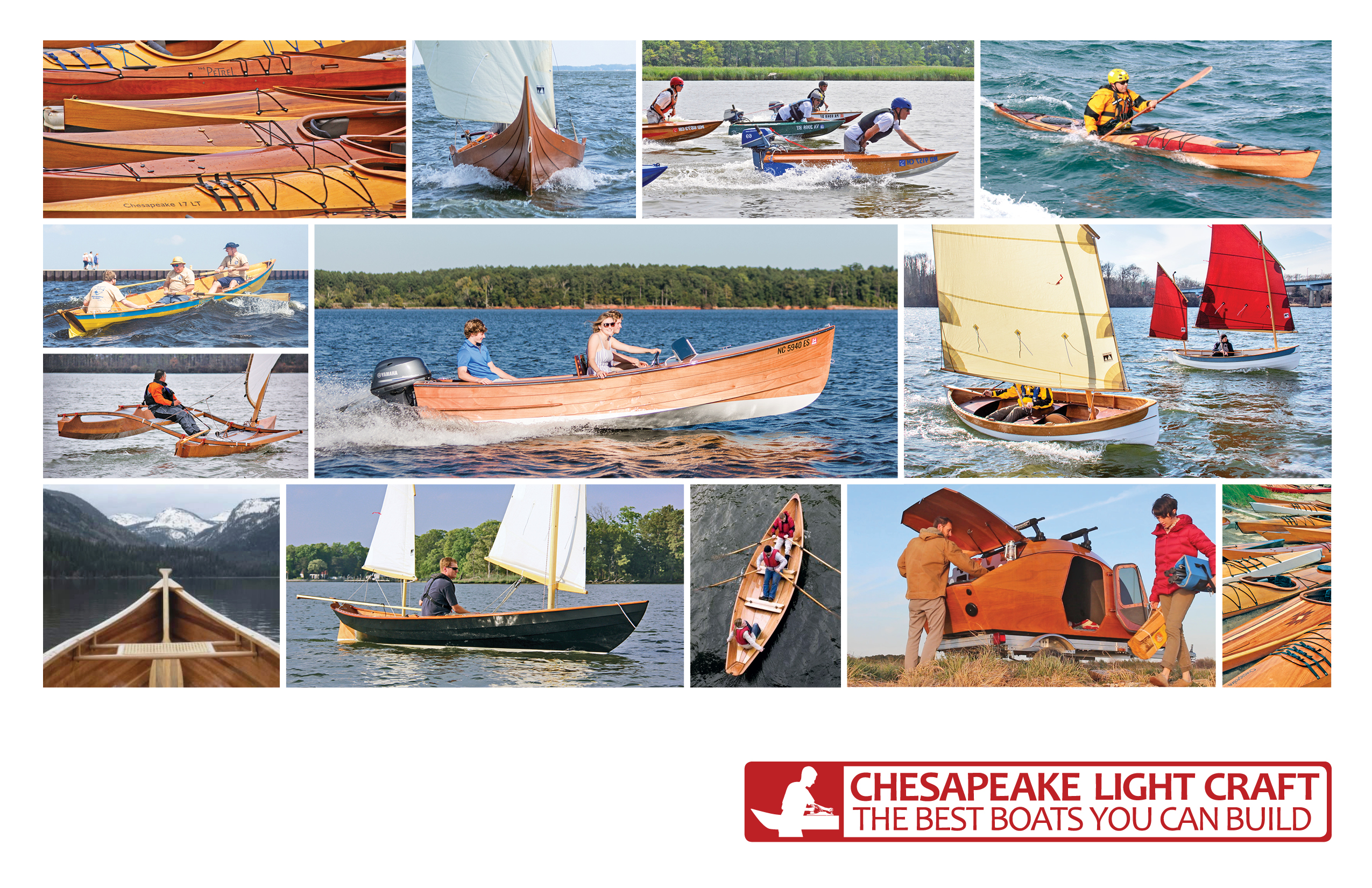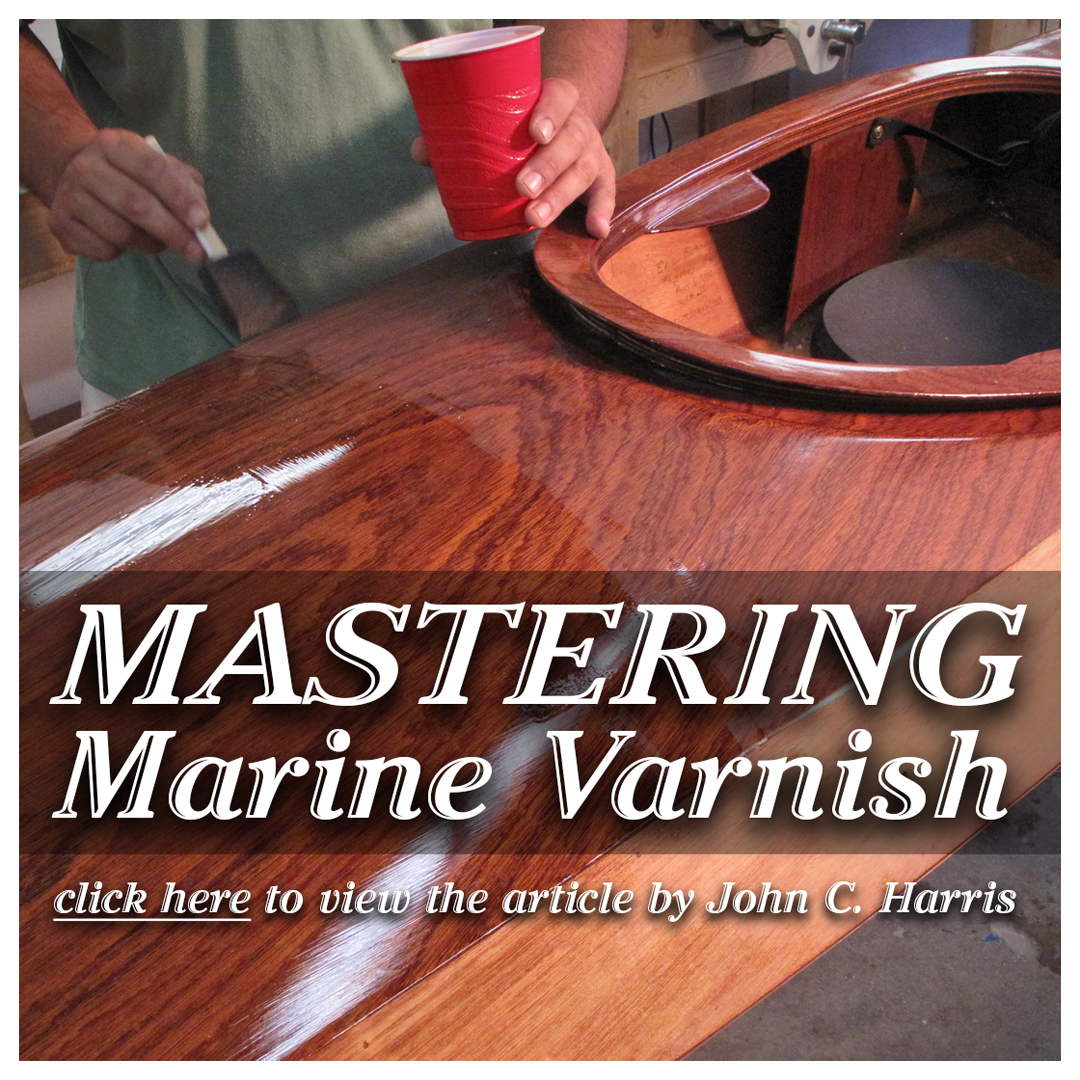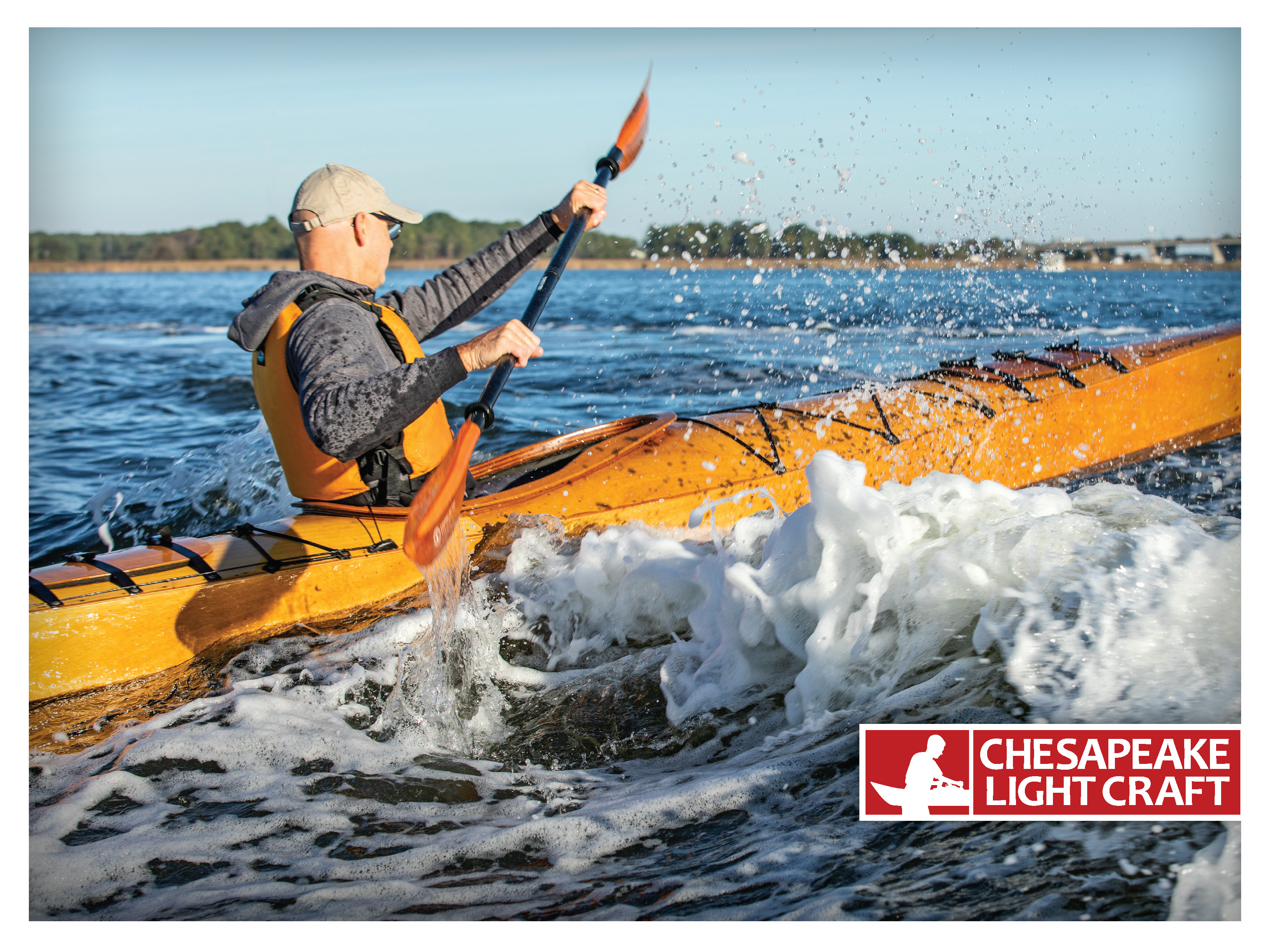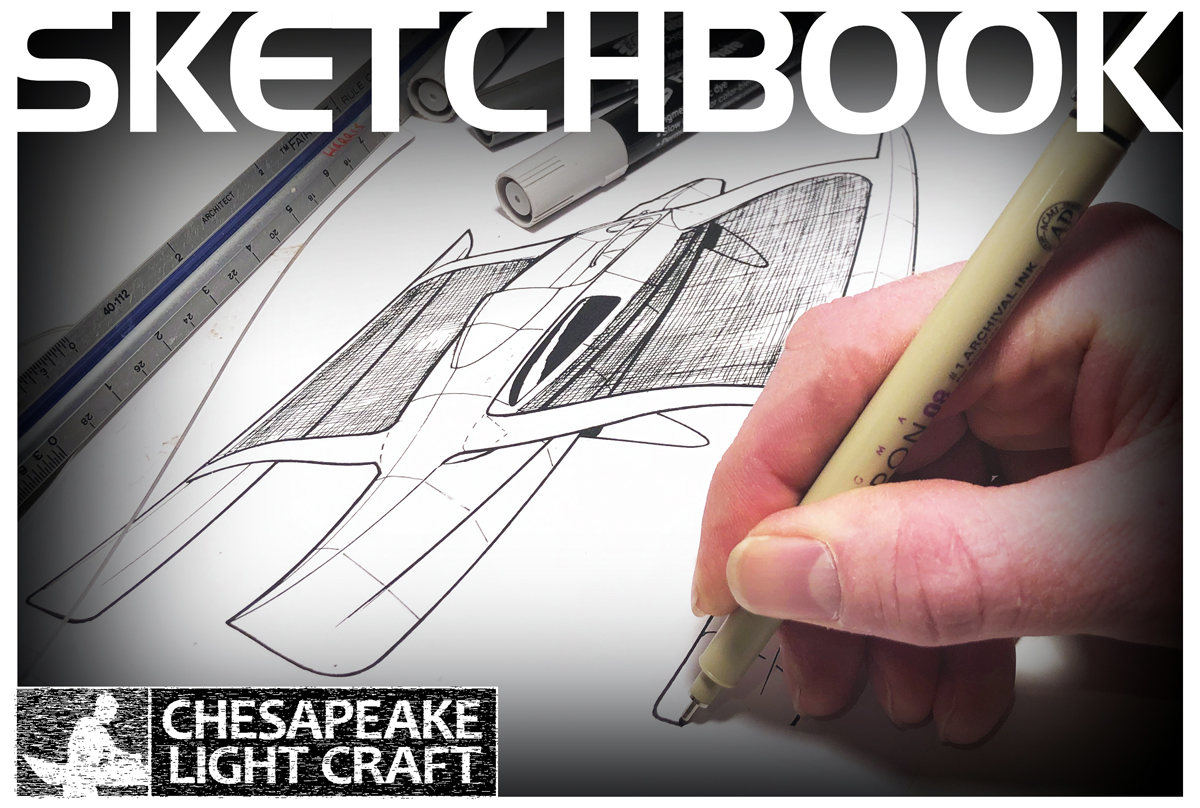Builders' Forum |
|
| ↓ Scroll to Last Comment ↓ | Forum Guidelines | Builders' Forum | |
Shearwater Sport Hybrid - building light
Hi all,
I’m planning my next build, a Shearwater Sport Hybrid. I hope to make it relatively light, and would like to ask about your thoughts on the following weight saving ideas. I took inspiration from the Oxford Shell II construction pictures. The Ox II is a much longer boat, but appears to have multiple weight saving measures applied (incl. 3mm plywood only). I wonder if it is reasonable to use them on a Shearwater Sport Hybrid build, too:
- The Ox II hull has the internal seams taped with fiberglass only, no full fibreglass on the inside. I would like to do the same for the Shearwater, instead of putting a sheet of fiberglass in the cockpit section
- The Ox II deck has the internal seams taped only, too. For the Shearwater Hybrid underside of the deck, I would put a sheet of fiberglass only in the cockpit section, as it needs the strength for when entering the boat. The rest of underside of the deck I would epoxy-coat only
My other measures will be clean epoxy work, and using epoxy with microballons for all fill coats in areas that will be painted (hull & cockpit painted; deck varnished, of course).
What do you think? Do you have some additional ideas?
BR, Johannes
4 replies:
RE: Shearwater Sport Hybrid - building light
Hi Johannes,
i wanted to add some additional thoughts that might be useful:
- as a historical note (i have been hanging out on this site for ~ 30 years now), CLC used to offer a light build option on a lot of their kits so you could make a special request to have your stitch and glue cut with 3 mm okoume. there are other stittch and glue boats routinely built with 3 mm and the weight is really cut down.
- you do need to be sensitive to ensuring strength around the cockpit and while these boats are sturdy, there are certain manuevers, that even a normal build, should be sensitive to - particularly point loads like banging into a rock or getting into the boat with a paddle brace onto the back of the coaming or deck.
- fwiw, having a target and building that little bill of material spreadsheet with weights i found very useful for experimenting with trade-offs. your boat, even at their design weight of 48 lbs are still lighter than most production boats....but if you can get into the 30 lbs zone you will find an amazing difference in terms of it just being easy to move around....which leads to more use. the boat i have that gets the most use, fwiw, is my slightly below 30 lbs modfiied petrel play......
 hope that is helpful
hope that is helpful - h
RE: Shearwater Sport Hybrid - building light
Hello h,
thank you very much for your detailed reply, I appreciate it! I've read multiple of your past posts and your results with the Frej 90 impressed me very much, and actually it started my ambition to build a lighter-than-standard Shearwater Sport Hybrid.
I ran some ballpark figures, based on the Fyne Boat Kits information on the weight, which they mention as 18.5 kg, or 41 lbs. That is also closer to the SW 14 Hybrid, which is 39 lbs while having the same length and being at bit more narrow. The 48 lbs mentioned here at CLC matches the sectional all-plywood SW Sport, so I assume it's a mistake.
Using 3mm plywood instead of 4mm may already shave off 6 lbs, and partially using 2 oz glas (below deck, inside the cockpit) may save an additional 1.3 lbs. That would result in 33.7 lbs, or 15.2 kg. Using microballons for hull fill coats and maybe some other small items may bring it just below 15 kg or 33 lbs, which is now my goal.
I'm buying my kit from CLC's partner in Germany, and already sent him an E-Mail about the 3mm plywood.
Thinking about building and using such a light boat is quite exiting, can't wait to get started.
Thank you very much, again!
BR, Johannes
RE: Shearwater Sport Hybrid - building light
Hi johannes,
glad you noticed the 48 lbs thing....i ran some figures as well (happened to have a spreadsheet in front of me) and could not sort out how they got 48 lbs...so i was wondering if it was a mistake.....so yes 41 as baseline sounds about right.
and like you, when i ran it with some of the ideas we came up with (3mm okoume, etc) i came in the low 30 lbs range
:)
h













RE: Shearwater Sport Hybrid - building light
» Submitted by hspira - Tue, 7/2/24 » 5:59 PM
Hi Johannes,
I have a lot of experience with light builds….most of the boats I have built in the last several years are 30 lbs or less and my lightest boats are all strip builds. Fwiw, its hard to get superlight with okoume as it is just a very heavy (and strong) starting point.
For the shearwater hybrid sport I would focus on the following in terms of opportunities for saving:
On some of the points you mentioned:
When building light, I like to substitute s glass for e-glass – its much stronger and does not pay a weight penalty and helps compensate for the thinner wood elements.
for all my builds the i am trying to build light, i develop a bill of material with weights from the manufacturer as you cannot build a light boat of a certain weight unless you actually have a recipe that supports your approach. i don't have one for a boat with okoume....but see the picture below for what i mean - the figures for okoume should be easy to get.....and you can experiment prior to building with your weight.
hope this helps.
h